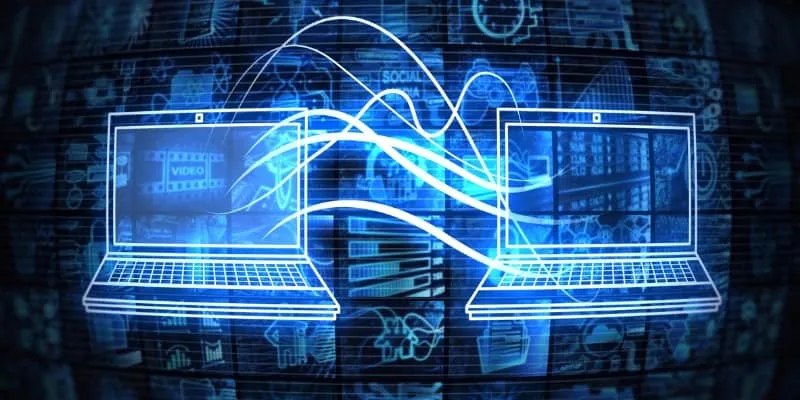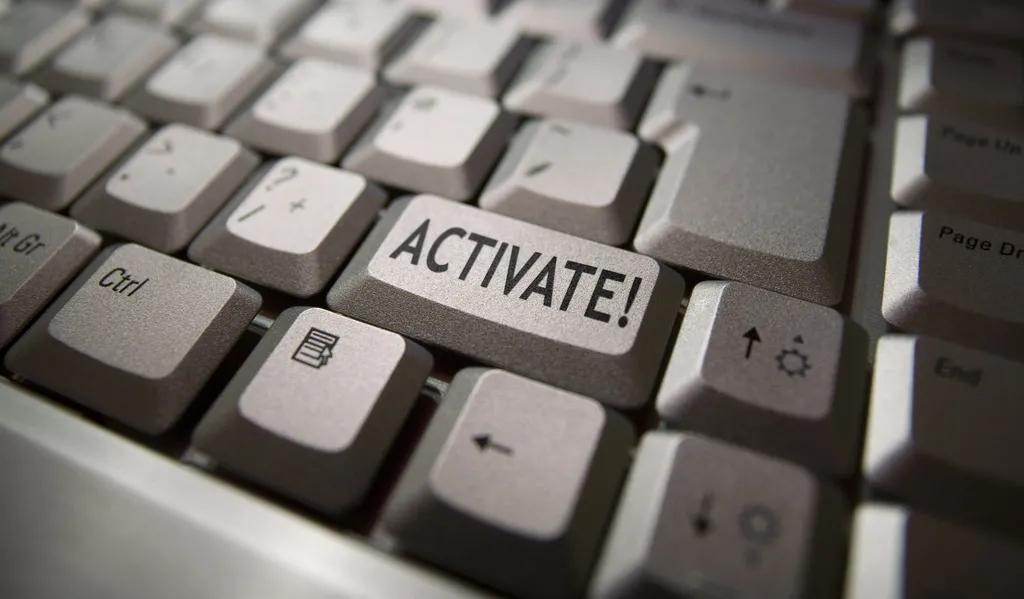Want to transfer your Windows license from one computer to another ? Even though the original Windows 10 free upgrade was advertised as a full version of Windows, that's not necessarily true. Microsoft applied some restrictions that makes it hard to transfer a Windows 10 license from one computer to another. It depends on the type of Windows 10 license you currently have.
The two types are Retail and OEM. A retail license is one that you purchased and then installed on your PC. It could be an upgrade from a retail copy of Windows 7 or Windows 8/8.1, or it could be a proper retail copy of Windows 10. In the first instance, you can transfer the license to another computer once. In the latter, you're free to transfer the license to any computer at any time. An OEM license, on the other hand, is the one that comes with the computer if you bought it from brands like HP, Dell, ThinkPad. If you upgraded such a license from an older version to Windows 10, then it can't be transferred to another device unless certain conditions are met. Both processes are explained below.
Retail license has nothing to do with the device to be installed. It matters the people who owns the license. The price is much higher than OEM so it has some priorities OEM don't have. Sometimes you want to install a new Windows copy due to system issues, the computer was dead or you were going to sell the old computer, no matter what the case is, you have to uninstall the license on the old computer before activating it on a PC or hard drive. In theory, you may do this as many times as you like, but if you get an activation error, you'll have to call Microsoft Support to get it fully activated on the new machine. Here are the steps to uninstall and install Windows 10 from one PC to another.

Step 1: Run Command Prompt as administrator on your source PC. You can search for Command Prompt and then right-click to select Run As Administrator from the context menu.
Step 2: Type in the following command, followed by Enter:
slmgr.vbs /upk
Step 3: Now that your license is free to be used elsewhere, log into your new computer and initiate the setup process. Make sure you click on "I don't have a product key" during the setup.
Step 4: Choose the correct edition of Windows 10 matching the license you have. You will see another window to enter the product key. If you have a full retail copy of Windows 10, you can enter the license key now. If not, click on "Do this later".
Step 5: After the setup, open admin Command Prompt as shown in Step 1, and type in this command, followed by Enter:
slmgr.vbs /ipk xxxxx- xxxxx- xxxxx- xxxxx- xxxxx
Make sure you input your Windows 7 or Windows 8/8.1 license key instead of the xxxxx. This activates your license for the older Windows version, but you need to activate Windows 10 here since it was previously used elsewhere.
Step 6: Run the following command: slmgr /dlv
If successful, you should be able to see "Licensed" under License Status. If you don't, you will need to manually activate your Windows 10 license by executing the following command in the Run window, which you can access with Windows Key + R: slui.exe 4
If that doesn't work, try just slui
Step 7: Follow the instructions in the activation wizard, and then click on Contact Support to get in touch with chat support. Here, provide your product key and explain that you want to transfer the Windows 10 license to another PC. The agent will validate your key and provide an Installation ID to confirm activation. Finally, click on Activate Windows.
It is a tedious process, no doubt, but unfortunately it is the only way to legitimately transfer your Windows 10 retail license from one computer to another. Your license will still be linked to the data in Microsoft servers, but the uninstallation process ensures that there is no conflict because of the license key being detected on multiple machines.
Transferring an OEM license for Windows 10 is actually not that difficult if you know what to do. You can't transfer an OEM license from a new device to another, but if you're making major hardware changes, especially like replacing the motherboard, there's a way to transfer a Windows 10 license.

Step 1: First of all, make sure that your license is activated. You can go to Settings > Update & Security > Activation from the Start menu to check.
Step 2: You must now link your Windows 10 OEM license to your Microsoft account. The same method as Step 1 can be used to verify whether or not it is already linked. If it is, then you'll see this message: "Windows is activated with a digital license linked to your Microsoft account." In this case, skip to Step 4.
Step 3: If the account is not linked, make sure that you are logged in as an administrator, and check if your email ID is displayed in Settings > Accounts > Your Info right above where it says Administrator.
Step 4: Now head back to the activation page (Settings > Update & Security > Activation), click on Add an account, enter the same email ID and your password and hit Sign In.
Step 5: After the hardware change, you can use Activation Troubleshooter to reactivate your Windows 10 license. You can do this by going to Settings > Update & Security > Activation > Troubleshoot, where you will see a message telling you that Windows can't be activated on your device. At that point, choose I changed hardware on this device recently and click on Next.
Step 6: Enter your Microsoft account details (email and password) and Sign In. Select your device, check the box next to where it says This is the device I'm using right now, and hit Activate.
During the process, you have to make sure that the correct edition of Windows 10 has been selected, or you will see an activation error.
These are the methods by which you can transfer a Windows license from one computer to another, or to the same one with different hardware. Not exactly straightforward, but the nuances of these processes ensure that license keys are not misused in any way.